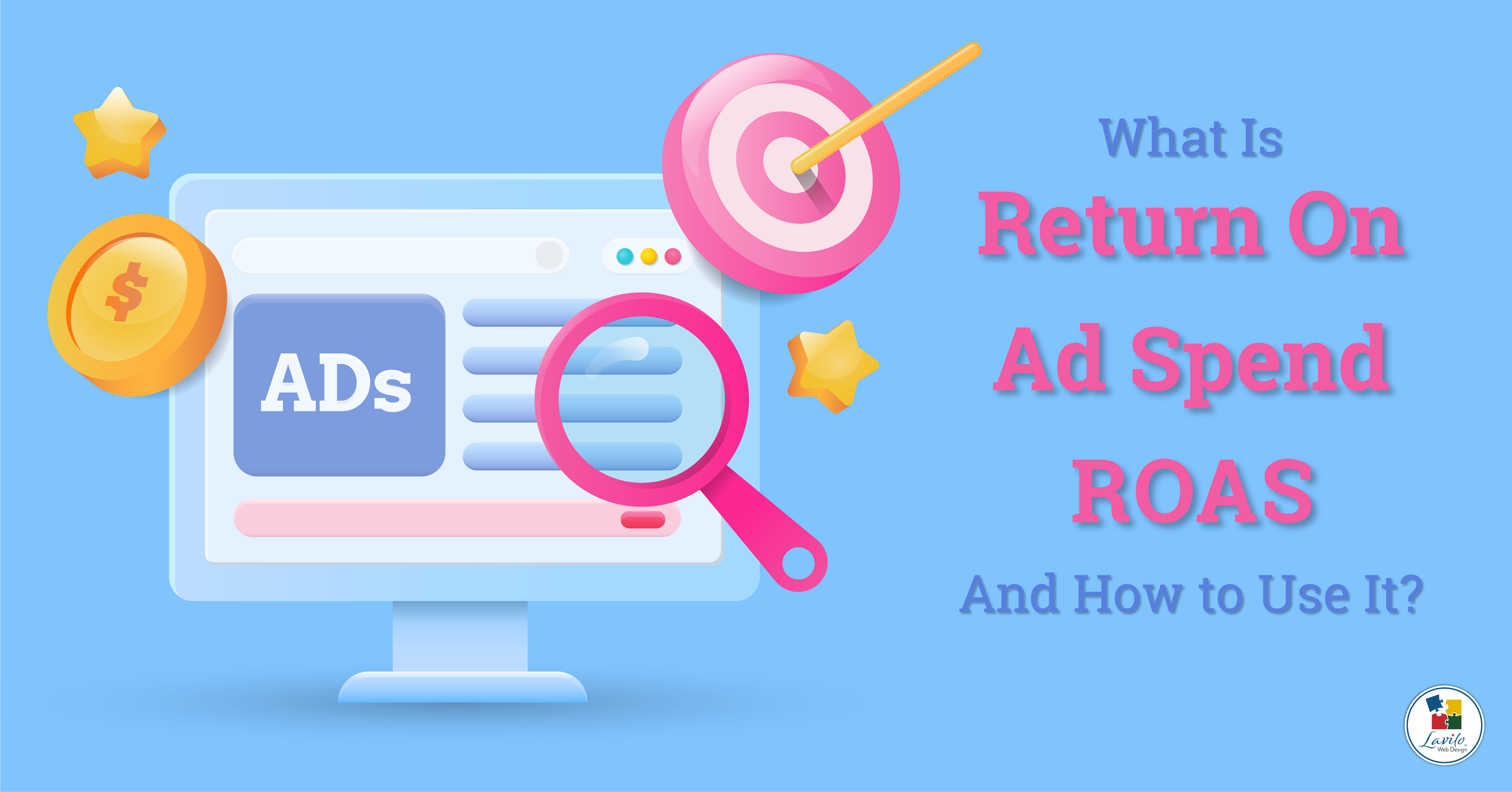What Is a Click-Through Rate?
Online advertisers are very good at providing standard metrics, giving business owners some quantifiable measure of success.
After launching an advertising campaign on social media or Google, business owners are eager to understand how their ad is performing.
Generally, online PPC advertisers are very good at providing standard metrics, such as how often an ad has been shown (Impressions) and how often it has been clicked on (Clicks), giving owners some idea of success and more control over their spending.
Impressions
The metric Impressions measures the number of times an ad is displayed within a specific period (day, week, or month).
For example, if your ad appears in a user's Facebook feed eight times a day, it would count as eight impressions. Similarly, if your Google Ad displays at the top or bottom of Google's search engine results page (SERP) six times, it would count as six impressions.
Ideally, you want as many impressions as possible because the more your ad is shown, the more likely a user will click on it and potentially place an order.
Clicks
The metric Clicks captures the number of times a user has clicked on an ad. The more clicks an ad attracts, the better.
Unfortunately, the number of clicks and the number of impressions alone may not give you enough insight into whether an advertisement performs well or poorly. To answer this question, you must build a ratio between how many times users clicked on your ad (Clicks) and how many times it was seen (Impressions) and compare the resulting rate to an industry benchmark or your own past campaigns. That is what the Click-Through Rate does.
Click-Through Rate (CTR)
The Click-Through Rate divides the number of users who clicked on an ad by the number of times that ad was shown in a specific period.
Depending on the industry, the benchmark of a "good" or "normal" Click-Through Rate can vary. However, on average, a Click-Through Rate of around 5% is probably a reasonable expectation. It means that if 100 people see an ad, 5 will click on it. A Click-Through Rate higher than 5% would indicate that a campaign performs better than the industry average. Conversely, a lower than 5% rate would indicate a worse performance than the benchmark.
Email Marketing Is Different
Email marketing measures things slightly differently than online advertising but broadly follows the same idea with one significant exception. Unlike an ad appearing in someone's feed without a user's input, people receiving marketing emails may decide not to open them. Therefore, the starting point for measuring the success of an email campaign is not how many people receive an email but how many people engage with it and open it.
The Open Rate compares the number of recipients who open an email with the number of successfully delivered emails, indicating an audience's level of interest.
The Click-to-Open Rate (CTOR) measures the number of unique clicks on an embedded link in an email compared to the number of unique opens.
The calculation is similar to the Click-Through Rate (CTR) except for the denominator. In email marketing, the denominator is the number of opened emails; in online advertising, it is the number of impressions. That's why the Click-to-Open Rate tends to be higher than the Click-Through Rate.
Return-on-Ad-Spend (ROAS)
Measuring the success of paid advertising is crucial in assessing its effectiveness. Nobody wants to spend a lot of money for little return. That brings me to another metric: Return-on-Advertising-Spend (ROAS). It measures how much revenue $1 of ad spend generates. The benchmark is around 3 to 11 times the ad spend.
Together, these metrics provide valuable, quantifiable insights into your ad spending and an unparalleled opportunity to improve your campaigns by digging deep into the data.
Over time, you will likely uncover why some ads or emails cause more engagement with your audience while others cause less. Leveraging these insights to make improvements is the real power of these metrics. Ultimately, they will also make your business more successful.
What Is PPC Advertising? With Pay-Per-Click (PPC) advertising, companies can precisely target their desired audiences, track which ad a user clicked on, and directly associate that ad with a subsequent product purchase, making their online campaigns more effective and their marketing strategies more successful.













